Anxiety
Feeling unable to breathe in a crowded place? Panicked by sudden changes? Having difficulty making new friends? These all point to one thing: Anxiety

What is Anxiety?
Anxiety is an unpleasant feeling of distress or worry. It may be about what is happening or might happen in the future. It is perfectly normal to feel a little anxiety at some point in your life. However, if allowed to grow out of control, then anxiety will make your mind feel paralysed leaving you trapped in your own thoughts. It may become physical through panic attacks or vomiting.

What causes Anxiety?
Anxiety is part of our human instincts that we have had since we were cavemen that protected us from threats such as wild animal attacks. Now we are more evolved, what threatens us has now changed. The threats that cause our anxiety today are: new changes in our lives, failure, interacting with others and sensory emotional overload. Before you can deal with these threats, you have to understand what your triggers are.

Understanding your Triggers
The key to managing Anxiety is understanding what triggers it. Triggers are negative reactions such anger, fear, frustration, sadness, tiredness or hunger which are how we react towards what is threatening us and this causes us to experience emotions that autistic people struggle to understand. If you can understand what is triggering you, you can work out what strategies will work to help you manage your anxiety.

How do you manage Anxiety?
Anxiety can be managed by first working out which threat is causing your anxiety and then trying the different strategies that are given to you below based on each cause of anxiety.
Changes

What are Changes?
Changes are alterations to our daily rituals and routines. When they happen, we may feel anxious and automatically consider the harm the changes may cause, a reaction from our fear of the unknown.

How do you manage Anxiety of Changes?
In short, here are 3 different strategies for you to try: Learn from what Worked in the Past, Make the situation More Familiar OR Reward yourself for Dealing with the Change. These strategies are all explained in further detail under the tabs above.

How do you "Learn from what Worked in the Past"?
By looking at your past success with similar changes to the ones you’re dealing with now you can use this experience to help deal with it. To do this effectively, we need to break this down (using some my own experience):

Acknowledge the feeling
There are many times when I get nervous. These revolve around trying to do various things, things that I know MUST be done. I realise that my feelings reveal new information and I can address them.

Identify the cause
There are many things that make me nervous, but to just give you one example: Whenever I Travel Abroad by Plane.

Identify the reason(s) for the cause
I get nervous about travelling through the airport when I go through security checks as I don't like the idea of being searched.

Realise that you may have overcome this in your past
I’ve been searched at least 3 times during travelling abroad but it never stopped me from continuing my journey.

Recognise what helped you in the past
One time I got searched because I forgot to remove my belt before going through the scanner. Another time, my bag was searched because I didn’t take my tablet out of my bag. By following instructions given by security, I was able to continue my journey.

Consider how to use that in the current situation
Whenever I travel now, I wear pants that I don’t need a belt for, I always take my tablet out of my bag and I will comply with security if problems arise.

Remember what you already have
At the end of the day, my family and friends will always be waiting for me, I still have a roof over my head and a holiday to go on.

How do you "Make the situation More Familiar"?
A lot of anxiety over change comes from our instinctive fear of the unknown. This means that if we make the situation more familiar, then the unknown will start to become known. Here are some examples of situations you may encounter and strategies for dealing with them:

Visiting a New Location
You should first use map software (Google Maps or Apple Maps) to find the location and then use Google Street View to see what the place looks like so you recognise it when you get there. You can also use map software to look up public transport routes if this is how you intend to travel. If it is possible, travel up to the location at an earlier date as this is by far the best way to know exactly were you are going and any obstacles you’ll encounter.

Meeting New People
First, introduce yourself and ask for the person’s name. Next, find out what they like such as a hobby or anything specific that you also like. Both you and the person will be able to connect on this common ground and this will open the door to new conversations with new friends. If you want to learn more on how to meet new people, then see the INTERACTION section further down this page.

Starting a New College/Degree course
First, find their website. Their website should have the location of the college/university and all the courses they offer. Next, find out when their open days are: these open days allow you to look around a college/university, meet the teachers of the courses and learn about the services offered by the college/university. If you have been unable to attend an open day then remember that the first year of university begins with “Freshers Week”, were the university introduces you to your course and gives you time to familiarise yourself with the ins and outs of the university.

How do you "Reward yourself for Dealing with the Change"?
Think about what makes you feel good, what do you enjoy? For me, after I have dealt with a challenge I like to play video games or watch a film at the cinema. Keep in mind, this should be done in moderation and by this I mean that I play video games that don't take up too much of my time, usually old games as I know I won't get addicted to them.

How does a "Reward" help me?
Rewarding yourself after a challenge, rewires your brain to associate risks (of change) with rewards and that risks will be worth taking to earn the rewards. Remember, the change comes first not the reward. If you take rewards without putting in the effort to change then you cheat yourself out of the real reward of making changes for the better of your wellbeing.

Embrace Change
Not everything in life is going to be known to us so if you try accepting this uncertainty, you can learn to embrace change. Some changes can benefit us in the long run such as moving house or going to university and although changes seem daunting, think of them as as new adventures in your life that will take you to new horizons.
Failure

What is Failure?
Failure is when we don’t succeed at something we expected to succeed at. When this happens, most people deal with it rather badly. At best, this is expressed by beating ourselves up (where we tell ourselves how bad we are for failing) but at worst, we will avoid trying things just so we won’t fail at them which can lead to us missing out on the great opportunities that can further develop us as people.

How do you manage Anxiety of Failure?
In short, here are 3 different strategies for you to try: Be Kind to Yourself, Find Victory in Defeat OR Look at the Worst Case scenario. These strategies are all explained in further detail under the tabs above.

How do you "Be Kind to Yourself"?
To Be Kind to Yourself means that you need to stop telling yourself that you are bad or hopeless at something because you have Failed to do it. It is okay to fail. To help you understand this, I have broken it down using some my own experience:

Stop Beating Yourself Up
Failure never feels nice when it happens to anyone. As Autistic person I have naturally beat myself up over failure always telling myself I am a bad person for failing. This started back in school where I’d been mercilessly bullied for making simple mistakes. It took me longer than the bullies to learn from my mistakes but the biggest thing I learned was that there is no shame in failure as it’s part of being human and how we learn to be better people no matter what other people think of you.

Don’t Compare Yourself to Others
We hurt ourselves more from failure when we compare ourselves to other people. With all the bullying I suffered in school, I always compared myself to these people asking myself why can’t I be as tough or strong as they are? It took me time to realise that trying to be tough didn’t make me as good as them but rather it would make me as bad as they are. The lesson here is that comparing myself to them wasn’t worth it as it was something I did not want to be: as bad as those who hurt me.

Talk to Someone
Autistic people like ourselves have the nasty habit of bottling up our emotions which end up exploding out as anger, frustration or at worst, violence. At one time, I attacked my cousin over my frustrations towards my life from school to job search (this was many years after school). She called my aunt who came to visit and help me realise that bottling up my emotions was hurting me not healing me. I realised here that talking to someone helped me to feel better and take the weight of failure over the years off my mind.

Know who your Real Friends are
In school, I found the people there to be quite fickle: one day they were my friend, another day they would join in with the rest of those bullying me. This lead me to looking for friends outside of school. Firstly, I joined the Cub Scouts when I was 8 and then moved up to Scouts. Unfortunately, the bullying got just as bad here as it did in school and so I left the Scouts. In 2002, I found a place full of real friendships called Yellow House and it’s such a great place that I am still part of it even to this day going into my 30’s.

Try Compassion Focused Therapy
For some people, fear of failure is rooted much deeper into our minds. To overcome it, I tried Cognitive Behavioural Therapy (CBT) which did sort of help but I didn’t feel it helped me manage the anxiety from my autism. When I applied for help from the Sefton Aspergers Team, they suggested Compassion Focused Therapy (CFT). I found this to be far more helpful as it looked at tackling the self-criticism and shame that you feel from failure and anxiety. From CFT, I was able to turn my shame into compassion towards myself and feel far better about failing than I did before.

How do you “Find Victory in Defeat”?
You can Find Victory in Defeat by looking at what you have gained or learned from the Defeat that you didn’t have before. To do this effectively, we can break this down using some my own experience:

Set Goals Ahead of Time
I’ve spent many years trying to look for a job and spent most of that time expecting to easily land a job seeing as I have A-Levels (college level) and years of experience from volunteering and doing youth exchanges but this was not the case. I realised that in my struggle I had to set more realistic goals and to do this we can use SMART Goals.

SMART Goals
SMART is an acronym that can be used to see if the goals we have set are achievable. S is Specific, I would apply jobs that specifically matched what I was good at which is using computers. M is Measurable, there is a process to job application: sending your CV or application form, attending a job interview and being offered the job, so I measured progress with a job by how far I got through the process.

SMART Goals Continued
A is Attainable, just getting a job interview is difficult nowadays and so I have told myself that whenever I get one, I should be proud of that. R is Relevant, it was no good for me applying for a “Senior” or “Manager” role as I didn’t have the experience for it so I targeted “Junior” and “Assistant” roles. T is Time Bound, most job descriptions tell you that if you don’t hear from the company 2 weeks after applying then you are unsuccessful meaning I should focus on looking for another job.

Stop Trying to be Perfect
The Job Centre had very high expectations of me: job searching 35 hours a week. I realised that if I tried doing this it would drive me insane and so in order to deal with this, I had to set realistic expectations, ones that I could meet. I decided I would spend 1 hour a day looking for 3 jobs to apply for and that was all, expectations that worked for me not the Job Centre.

Look at what You have Learned
I learned that if I got a job interview from one of my job applications then I must have a well written CV or Application Form. At the end of the interview process, I made sure to ask for feedback if I failed to the get the job and this meant that I would learn how I did at the interview and how to improve at job interviews.

Get to know the Experience of Failure
Getting used to the discomfort of failure as learning it makes it known and if something is known you will fear it less and you will find it easier to take risks as you no longer fear failure that much. For me, my job search led me to taking up a web design course which led me creating Aspie Heroes, a project that I am determined to make work regardless of failure and my future. Let failure push you forward not hold you back.

How do you “Look at the Worst Case Scenario”?
Looking at the Worst Case Scenario means considering the worst thing that happens to you because you failed and from this understand that it probably isn’t as bad as you think. To do look at this properly, we can break this down using some my own experience:

What’s the Worst that can Happen?
When I was trying to pass my driving test, I was constantly worrying about failing, that all my hard work being for nothing if I failed. I later realised that the worst thing that could happen to me from failing my test is that I simply wouldn’t pass the test, not really a massive setback at all, it would just mean that I would have to keep learning and try again 3 weeks later.

What has Actually Changed?
Before my driving test, I realised I had: my own house, sharing with my cousin who I get on well with and my rent/bills under control. After my driving test, I realised I had: my own house, sharing with someone I get on well with and my rent/bills under control. Looking at this, I realised that despite failing, the failure had changed nothing about life, just that I didn’t gain anything new.

See Life as a Marathon not a Sprint
I started learning to drive at the age of 23 and I passed my test at the age of 25. A few of my friends had started learning after me and they all passed first time before I even passed which made me very resentful towards them. This did not matter in the end, all that mattered was when I eventually passed. After 2 years and multiple attempts at the test, I finally passed it.

Try Again
I failed my driving test, the first time I took it and the thing about that is, most people don’t pass the first time but there is no limit to how many times you can take the test so I would book another test as soon as I got home. It took me at least 5 times to pass my driving test, that is to say I failed 4 times before I was able to finally pass it.

Accept Defeat and Move on
It was always an awful feeling to fail my driving test and seeing people I knew driving their cars without an instructor made it worse but there was nothing I could do to change the outcome. All I could do was let it go, practice more and eventually try again. What also helped was when I failed my 2nd test, the examiner had a good attitude over test taking and was able to help me feel more at ease over my failure, this was the same examiner that I eventually passed under.

Don't be Afraid to Fail
Failure is never a nice feeling but it is a necessary feeling to learn as it teaches us not only to be better but it also teaches us that we must endure in life. Don't be afraid to fail because the only true failures in life are to give up and never try in the first place.
Interaction

What is Interaction?
Interaction is basically where we talk to and be around other people. Interaction for autistic people has always been difficult especially with people we don’t know as we never know what to say and do to start up an interaction.

How do you manage Anxiety of Interaction?
In short, here are 3 different strategies for you to try: Plan It Out, What to Talk About OR Find a Social Group. These strategies are all explained in further detail under the tabs above.

How do you “Plan it Out”?
Interacting with people can be difficult at first as you don’t know them well enough. This is something you can’t plan for but what you can do is plan for everything around it. Down below are a series of steps for how you can plan out a hang out with friends:

Choose a place you are familiar with
Choosing a place you know well will mean you won’t have to worry about anxiety of change (which has been covered in another section) that will come from being in an unknown place. When I go out with my friends, we always go to the same pub/restaurant as we know the prices are reasonable and you choose where to sit allowing us to deal with the big number of us that go.

Choose a time when the place is Quieter
It’s best to choose a time when this place will be quieter as this will help prevent sensory overload and it will also give you more choices of where to go and what to do in this place. Whenever my cousin and I go out to eat, we always go at the quietest times such as during weekdays and towards the middle of the day so we will more likely be able to get into our favourite place, sit where we want such as by a window with a great view and get better table service.

Have something to do in mind
Having something to do in mind can help break the tension between you and your friend. This can be playing a game such as a board or card game, listening to music together or it could simply be knowing what to say (this is covered in the tab above) as long as it involves your friend as well. You can even find places that promote these kinds of interactions- arcades, geek clubs and karaoke bars. There are plenty of these around so you won’t be short on these activities.

Find a place you can step away to
Everyone needs a break at some time and for autistic people, interacting with someone else can be hard work. It helps to have a place to withdraw to and be alone such as quiet room or a place away from your friends. For me, when I need to step away from my friends in the pub, I go to the toilet as it is quiet place and is the one place we all naturally need to visit so it doesn’t look like I am making excuses get away.

Bring someone with you
If you can’t control anything about the way you intend to meet (up) with someone then you may want to bring someone else with you, another friend that you know rather well. If it is a social group then you may want to ask a parent, guardian, carer (if you have one)or even another friend to come with you, even if it’s just to see you inside. When I go to social events to promote Aspie Heroes, I usually ask someone to come with me as it makes me feel more comfortable talking to other people and having someone else to share ideas with about what I should say.
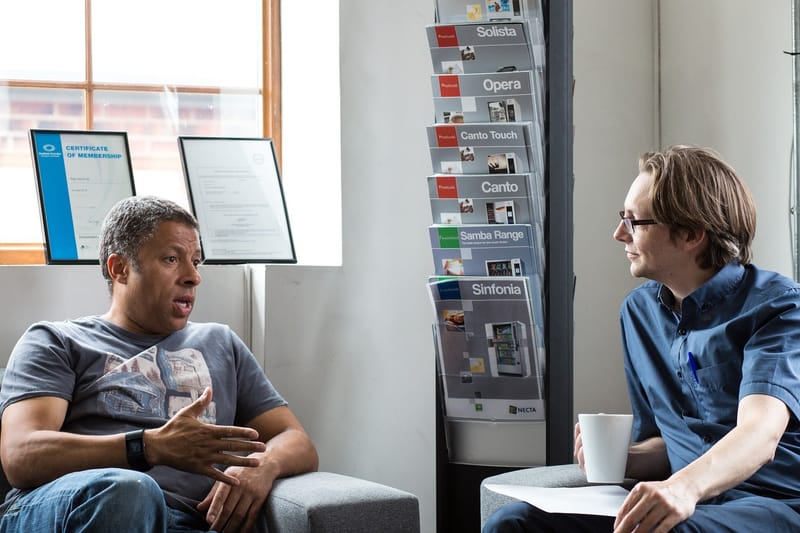
How will you “Know what to Talk About”?
Knowing what to talk about is not as hard as it seems. The key is to find something in common with the people you want to interact with. To help you understand this, I have come up with ideas down below, starting with what you SHOULD NOT talk about:

What you SHOULD NOT talk about
There are at least 3 things you should not talk about and they are: someone’s age, what money they earn and anything you don’t like about the person’s appearance. Asking a woman her age is considered rude, asking a person about their money can be quite embarrassing especially if they are on benefits and saying that you don’t like how someone’s appearance is quite offensive as appearance is the most common thing people bully each other over.

The Weather
Let’s move on to what you should talk about. Firstly, you can start talking about the weather. You can see the weather by looking outside and it affects our day to day life meaning that everyone has something to say about it. This is a form of ‘small talk’ which can help break the tension between people when they talk for the first time.

The Weekend
A simple thing you can ask is “What are your plans for the weekend?” or “What did you do over the weekend?”. This is a recent event in their mind and so they will be able to recall it easily. You can then start to tell them about your weekend and if either of you have no plans for the weekend ahead, you can arrange to do something together which can help build your friendship.

Music
Many people nowadays listen to music on their smartphones which means they will always have their music with them. If you ask someone about their favourite music, this could lead to them playing it for you. From here, you can share your music and you may end up singing and dancing to it which is a fantastic way to break tension between you.
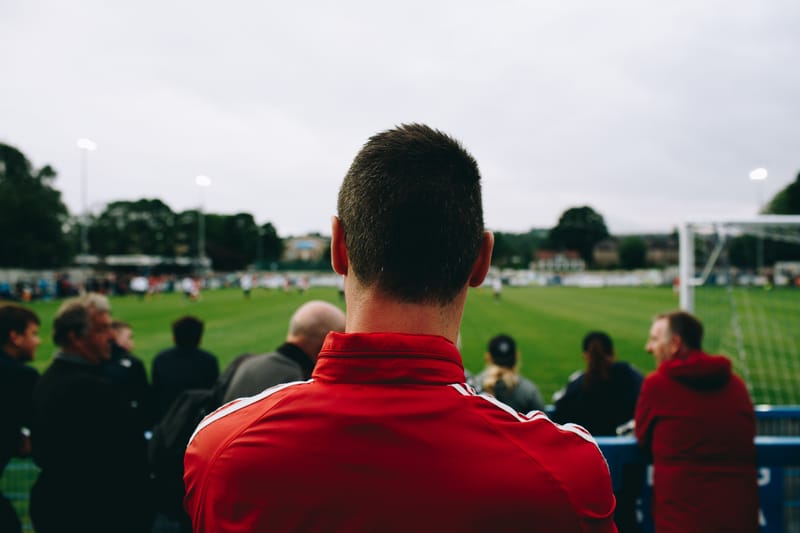
Favourite Things
One of the best ways to talk to people is to talk about some of the things you like or ask them what they like. This could be books, music, films/tv or even sports. You may find out that you have a lot in common with someone more than you realise and this can turn into a deep conversation.

How do you “Find a Social Group”?
Social groups are great way to interact with over people. You can find groups based on your hobbies or based on finding support. We will look at the different types of group you can join down below:

Check the Age Range
Most social groups have an age range for the things they offer. Some groups are only for kids, others are for aged 18+ and so it is important to check if you are the right age for the particular group you want to join. It also works out better when you join a group whose age is similar to your own. For example, I once joined a camera club for adults and allow I was 24 at the time, the rest of the people where all much older than I was which made feel isolated as I was a completely different generation to them.

Activity/Hobby Based
There are many groups based around certain hobbies such as art, sports, games and technology. For example, I once volunteered at a tech club called the “Little Sandbox” which inspires kids between 8-16 to get into coding, animation and filmmaking. There is also a gaming hub known as “Geek Retreat” where people can play board or trading card games with like minded people. Remember, there is bound to be somewhere around you city/town shares your passion for a hobby.

Gathering Based
You might just want to gather with other people and luckily there are plenty of groups for this. It is important to make sure that a gathering group is safe, clean and that the staff are aware of your disability. A great example of this is “Yellow House” a group that not only allows people to gather together without fear of being pre-judged but also allows people to develop skills in theatre, art and filmmaking to increase their confidence and social skills.

Support-based Groups
I currently attend a support group for people with ADHD and Autism called “Ladders for Life”. This group is a support group that allows people over the age of 18 to talk openly about their day to day lives living with ADHD/Autism in strict confidence. This group also helps those who support people with ADHD/Autism. The best people to support someone with ADHD/Autism is someone who also has ADHD/Autism.

Autism-Based
There is a group I once visited called the “Aspergers Collective” which meets once a month in Liverpool. They provide a social space just for people with Aspergers and Autism. You can interact with other people in so many ways such as talking to them, playing games and taking part in workshops. Interacting with other people with the same disability as your own will help you realise are never truly alone and don’t have to be.

Be Patient
Joining a new social group is a big step out of your comfort zone so you will need to give yourself time to get used to the new environment and new people. If you don’t like the group after at least 3 or 4 weeks, then this group is not for you; this doesn’t mean you have failed, it just means that this particular group is not meant for you so you should move on and find another one. Trust me, there is a place in the world for everyone so you find a place that is right for you.

Just Start
Remember, the hardest part about interacting with people is getting started. Once you have a good conversation or activity going, you won’t be able to stop yourself which is a good thing. Once you get to know someone, it gets much easier to interact with them in the future.
Emotional

What is Emotional Anxiety?
Emotional Anxiety is where people are overwhelmed by the amount of information they have to take-in, either through thinking or their 5 senses. For autistic people, we have difficulty connecting with our emotions and this combined with the information that we have to take-in our day to day lives causes us to feel great distress, we could feel angry, sad or afraid but not be able to understand why we feel that way.

How does Emotional Anxiety affect people with autism?
The emotional distress autistic people will be in from Emotional Anxiety will lead them to burnout which is where people become emotionally and physically exhausted from their distress. Burnout is what will happen to them but it is how they deal with it that is the real issue. Autistic people will typically deal with burnout through either having a “Meltdown” or a “Breakdown”.

What are Meltdowns and Breakdowns?
Meltdowns and Breakdowns come from our natural Fight or Flight instincts which we have had since caveman times. Meltdowns are an autistic person’s Fight instinct in which they will become angry or frustrated which can get physical at times. Breakdowns are an autistic person’s Flight instinct where they choose to withdraw away from the situation they are in and hide until the danger passes. These happen because they don’t know how to say they are not okay and need help.
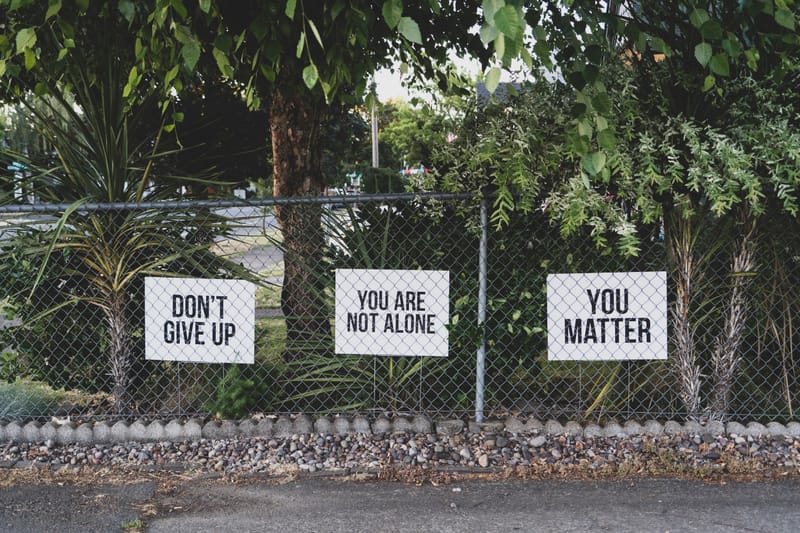
How do you manage Emotional Anxiety?
In short, here are 3 different strategies for you to try: Focus Yourself, Distract Yourself, For Outsiders. These strategies are all explained in further detail under the tabs above.
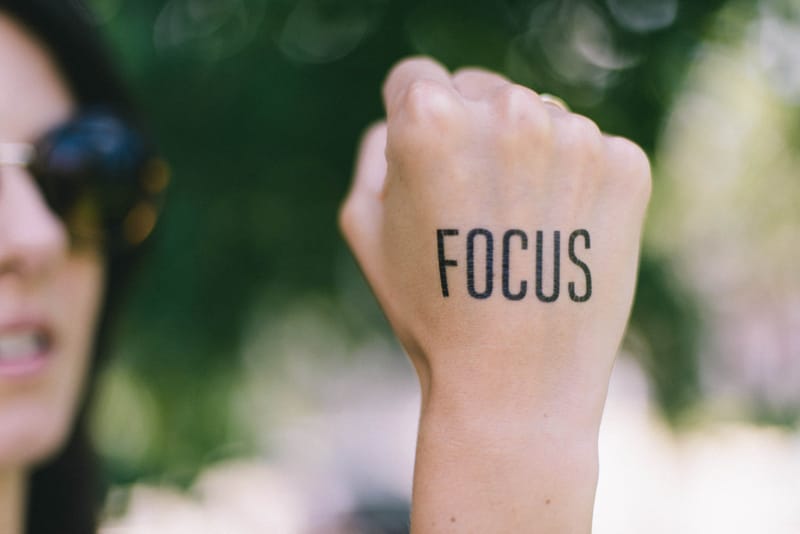
How do you “Focus Yourself”?
To Focus Yourself means to concentrate your mind away from what has happened or what will happen to you and instead concentrate your mind on what is happening now in the present as your present is the only thing can actually control. Down below, you can find some exercises that can help you to focus:

345 Breathing Exercise
When people get anxious, they tend to stop breathing normally, instead breathing in short, quick breaths. This leads to more anxiety as oxygen is struggling to enter their bodies that can help calm them. The 345 Breathing Exercise is a simple way to calm yourself by slowing your breaths to bring your breathing back to normal and thus calming you.

How do you do the “345 Breathing Exercise”?
Start by breathing in for 3 seconds, it helps to count in your head. Hold the breath in for 4 seconds and then breath out for 5 seconds. Repeat this at least 7 times, do more than that if you want to and you should find yourself feeling calmer allowing you to focus on what’s in front you.

54321 Sensory Exercise
When an autistic person becomes overloaded by taking in too much information, they become very distressed by what is around them and what will happen to them in the future. The 54321 Sensory Exercise can help distressed autistic people by having them look for specific things around them currently to remind of where they are now: The Present.

5 things you can SEE
Look around you and name 5 things you can see such as a window, an object or even something you can see outside of that window. When you have your 5, move on to the next part.

4 things you can TOUCH
Look around and find 4 things you can touch such as a cushion, a table or a wall. Go and actually touch these objects, feel them and be reminded where you are right now. Remember, try not to use any of the same “5 things you can SEE”. When you have touched 4 things move on to the next part.

3 things you can HEAR
Close your eyes and listen to what is around you. Pick out 3 sounds you can hear and clearly identify. Picture in your mind where you are based on the sounds you are hearing. When you have done this, move on to the next part.

2 things you can SMELL
Pick 2 things around you that you can smell such as food, smoke, perfume or even other people. Smell is very important when it comes to remembering things and the whole idea of this exercise is to remember where we are now. When you have your 2 smells, move on to the final part.

1 thing you can TASTE
Lastly, find 1 thing you can taste such as food, drink or even mints. Try to make sure this isn’t 1 of the 2 things you can smell. Actually taste it: sample the flavour, how sweet it is or how salty it is. Feel it in your mouth: the heat or cold of it, the hardness or softness of it. When you are satisfied with the taste, you are finished.

How do you “Distract Yourself”?
To Distract Yourself means to do something that will take your mind away from what is currently happening by focusing on something else. Down below, you can find some ideas of how to distract yourself when needed:

Step Outside
One of the easiest ways to distract yourself is to simply step outside the place you are in, as long as it is safe or possible to do so. The fresh air hitting your face, the open space and a quieter atmosphere can really help you calm down.

Listen to Music
Most people like to listen to music to distract them, especially on their smart phones. Remember, use headphones when listening to music so that you don’t distract other people who don’t want to be distracted. It is best to listen ambient or inspirational music as these can relax and motivate you. Aspie Heroes has a selection of music in the “Health&Wellbeing” section which you can find by clicking “Explore” at the top of the page.

Watch Stuff
You can watch stuff such as videos, tv show and films on your smartphones and tablets by streaming them. It is important to make sure ahead of time to check whether the apps allow you to download the things you want to watch to the app itself and that the app can work without an internet connection. This also means you need to download the stuff you want to watch before you go out somewhere.
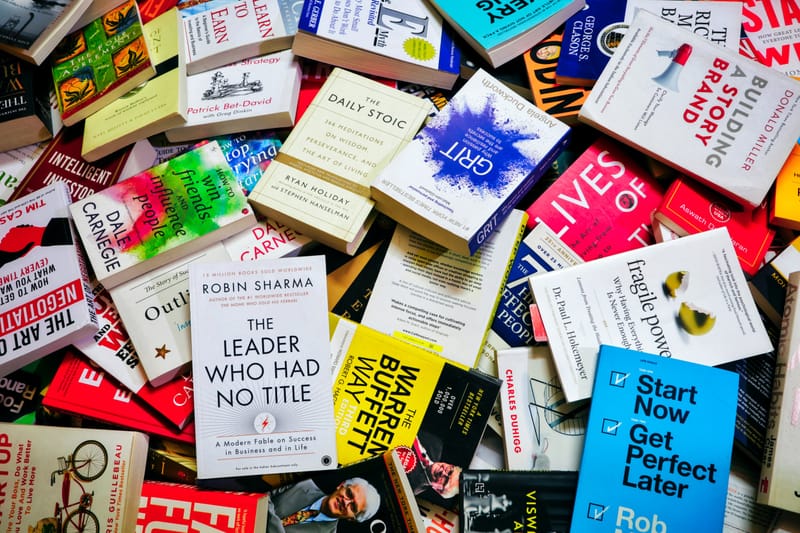
Read Books
These can be physical or electronic. Physical Books are convenient in that they don’t need electricity or an internet connection to be used unlike music or video streaming. If you want to read books electronically, make sure they can work without an internet connection. Books like comics and manga are highly visual which is ideal if you aren’t a fan of books with lots of words, remember that autistic people are visual learners.

Play Games
These can be card games, board games or video games. You can play card games with on your own or with others. Solitaire/Patience is a card game you can play on your own. If you want to play a board game then you can buy travel versions of boardgames such as monopoly but you will need someone else to play with you though. There are all sorts of video games that you can play but the best ones to play that will distract you away and focus you, are puzzle games such as Tetris which can easily found on smart phone app stores.
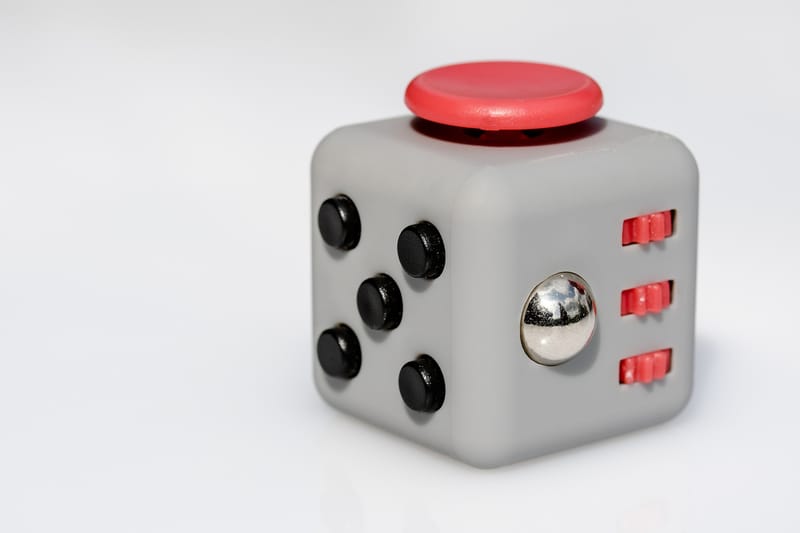
Use a Fidget Toy
Fidget Toys are useful for people who need to distract themselves but still need to focus on something such as a lecture or a film. These toys work by giving a person’s hands something whilst their eyes and ears can remain focused. Some examples of fidget toys are: fidget spinners, fidget cubes(each side has different things you can fidget with) and stress balls. You can even get fidget smartphone apps; examples of these can be found on our ‘Tech Resources’ page which you can find by clicking the link below.
Link Here
What is “For Outsiders” for?
For Outsiders is for those who are not the people suffering a meltdown or breakdown but are the people who are watching a meltdown or breakdown happen in front of them and need to help the people suffering with it. To do this effectively, we have broken this down into easy to follow steps:
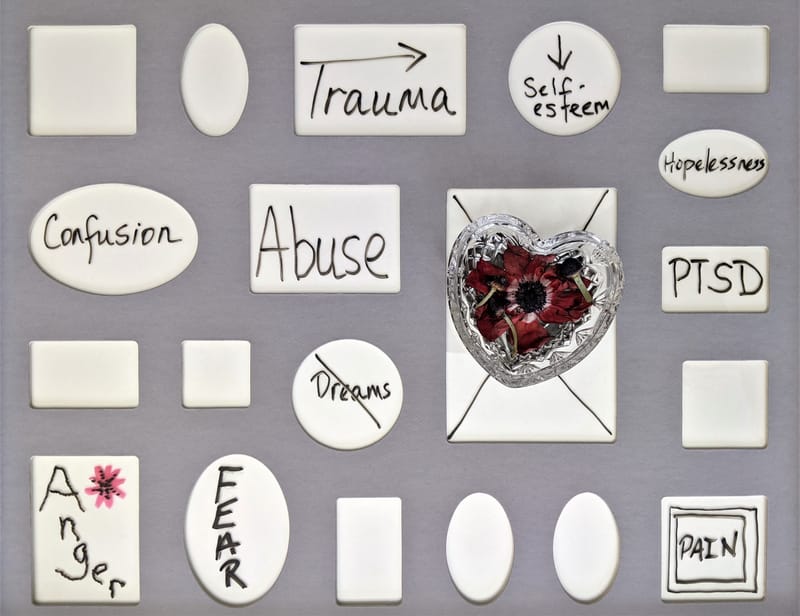
Identify their Triggers
If you know the person well enough you may know what triggers them already but if you don’t you should look around you and see what is triggering them. This could be something that has changed, objects that trigger bad memories, loud or unpleasant sounds, too many people around or something not going their way such as something being unavailable to them.

Remove the Triggers
Once you have established what the triggers are, see if you are able to remove them such as an object that triggers bad memories or an object that is making a loud, unpleasant sound.

Move the Person
If the trigger is to do with too many people around or is the sound of something like construction work then you can’t remove those, so instead you should move that person away from those triggers and into a quiet space/room (if possible). Do not move them without their consent first. If something has not gone the person’s way then there is nothing you can do about it by removing triggers.

Leave the Room
If the person is having a meltdown or breakdown it is best to leave them alone for a while so they can process their thoughts. Before you do this, it is very important to remove any objects from the room that could hurt the person or that they might use to hurt themselves or others as an act of safety. Remember, leaving the room is done as an act of safety (from a meltdown that is).

Check in on them
Stay close to where you left the person and make sure you check in on them often to see: how they are feeling, if they have come out of their meltdown/breakdown and simply the fact they are still in the room. The worst thing to happen if you don’t check in on them is that you find that they bolt (run away) from where you left them as they will not be thinking clearly which could lead them into trouble or worse, an accident.

Be empathetic to them
When the person has come out of their meltdown/breakdown they don’t want someone to criticise their actions, they want to be understood. You need to be empathetic with them by being calm and willing to listen to what they want to say, understanding that they deal with things differently to neurotypical (not autistic) people.

Talk to them about their Meltdown/Breakdown
This can be quite difficult so you must be willing to be patient with them. Firstly, ask if they want to talk about their Meltdown/Breakdown whilst also assuring them that you will not force them to talk if they don’t want to and that you are willing to listen to them when they are ready. When they are ready, find a quiet space to talk in, if you are not already in one.

Talk to them about their Meltdown/Breakdown Cont.
Reassure them that for autistic people, that anxiety is normal and having a Meltdown/Breakdown is part of the condition. This will help them learn to trust you making it easier for them to talk to you. Let them talk about what they want to without interrupting them and then ask them how you can help them with their problems. If they don’t know how you can help, suggest ideas to them. Use this talk to help them identify future triggers that may them cause anxiety in the future.

Live in the Present
Remember, we become depressed by the past and anxious towards what may happen in the future. The only way to deal with these, is to live in the present: Live for today, not for yesterday or tomorrow.
Disclaimer
GENERAL
All photos on ANXIETY page are taken from Pixabay OR Unsplash except for the ones stated below:
CHANGES
The photo used for 'Identify the reason(s) for the cause' was taken by SlowPhoton, CC BY-SA 4.0 <https://creativecommons.org/licenses/by-sa/4.0>, via Wikimedia Commons. The photo used for 'Consider how to use that in the current situation' was taken by Michael Ball, CC0, via Wikimedia Commons.
FAILURE
The photo used for 'Accept Defeat and Move on’ belongs to me.